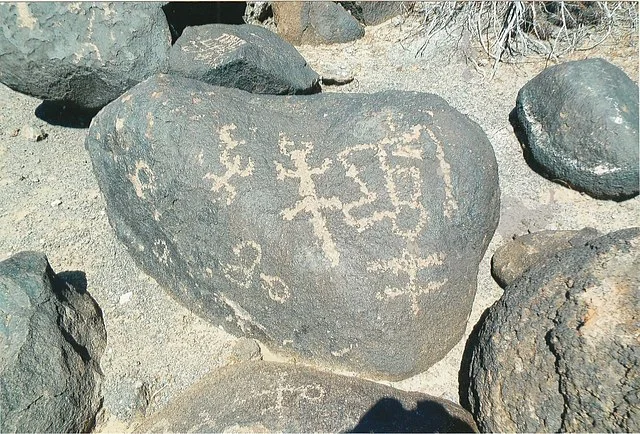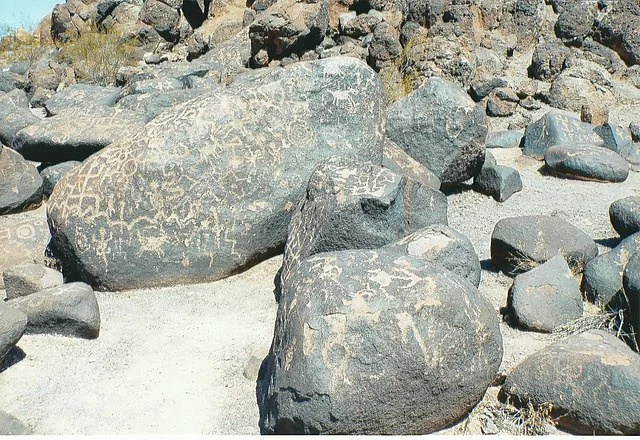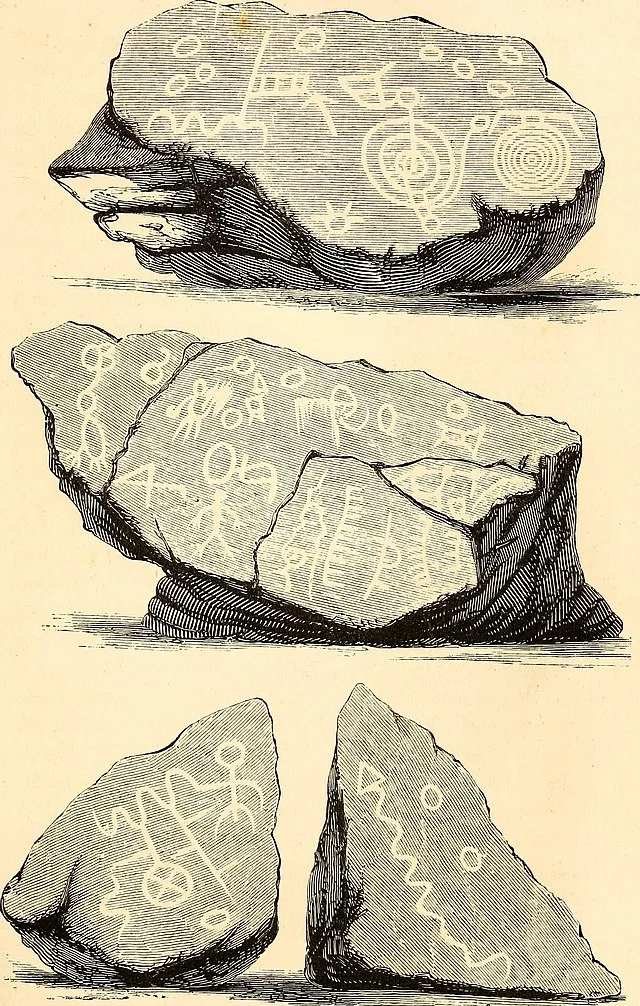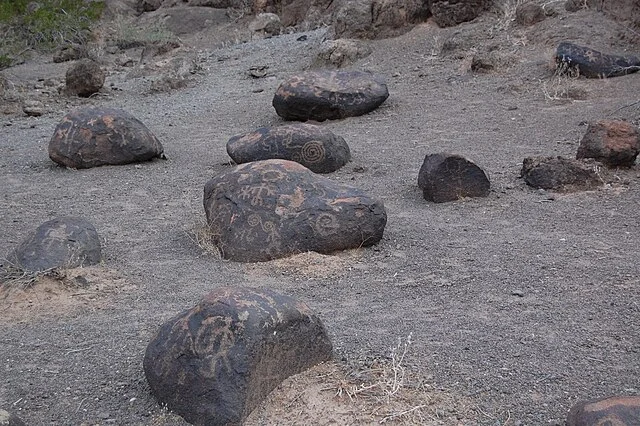The Gila Bend Petroglyphs in Arizona are a remarkable collection of rock art etched by the indigenous peoples of the region. These ancient images offer a window into the lives and beliefs of the cultures that flourished in the Sonoran Desert. The petroglyphs, found near the town of Gila Bend, showcase a variety of designs, including animals, human figures, and abstract symbols. They are an important part of the cultural heritage of the Native American tribes of the Southwest and continue to be a subject of study and admiration.
Get your dose of History via Email
Historical Background of Gila Bend Petroglyphs Arizona

The Gila Bend Petroglyphs were first documented by European settlers in the 19th century. However, Native Americans created these artworks long before that. The Hohokam, a prehistoric culture that thrived in the Southwest from approximately 200 to 1450 AD, are often credited with many of the petroglyphs. The area around Gila Bend was a hub of activity for these ancient peoples. They left behind a legacy etched in stone that has endured for centuries.
Archaeologists believe that the Hohokam may not have been the only creators of the petroglyphs. Other indigenous groups, such as the Patayan or even earlier Archaic peoples, could have contributed to the rock art. The site has not been the scene of major historical events in recorded history. Yet, it provides significant insights into the prehistoric era.
The discovery of the petroglyphs did not occur at a singular point in time. Instead, they were gradually recognized by settlers and researchers as the region was explored. The petroglyphs have not been inhabited in the modern era, but they remain a sacred site for many Native American communities. These communities maintain cultural ties to the land and its history.
While the Gila Bend Petroglyphs are not associated with any particular historical events, they are an important cultural landmark. They offer clues about the social and spiritual lives of the people who once inhabited the region. The petroglyphs have withstood the test of time, surviving in an environment that can be harsh and unforgiving.
The site is now a destination for those interested in the history and culture of the American Southwest. It attracts archaeologists, historians, and tourists alike. The petroglyphs are protected, ensuring that they will continue to be available for study and appreciation by future generations.
About Gila Bend Petroglyphs Arizona

The Gila Bend Petroglyphs are a collection of rock art that includes a wide range of designs. The images are carved into the patina, or desert varnish, on the surface of boulders and cliff faces. This dark, mineral-rich layer forms over time, and the petroglyphs are created by removing part of this layer to reveal the lighter rock beneath.
The petroglyphs depict a variety of subjects. Animals such as bighorn sheep, lizards, and snakes are common, as are human figures and geometric shapes. Some of the designs are abstract and their meanings remain elusive. The diversity of the images suggests that they may have served multiple purposes, including religious, ceremonial, or as markers of territory or events.
The methods used to create the petroglyphs were simple but effective. The artists likely used stone tools to chip away at the desert varnish. This technique, known as pecking, was a common practice in petroglyph creation across the ancient world. The precision of the images indicates a high level of skill and suggests that the creators were experienced artisans.
There are no known records of the building materials or architectural highlights associated with the Gila Bend Petroglyphs, as they are not structures but rather artworks on natural rock surfaces. The natural landscape itself plays a crucial role in the site’s significance, with the placement of petroglyphs often aligning with astronomical phenomena or landscape features.
The Gila Bend Petroglyphs have withstood the harsh desert conditions for centuries. The dry climate and remote location have helped preserve the petroglyphs, although modern threats such as vandalism and erosion pose risks to their continued survival.
Theories and Interpretations

Several theories exist about the purpose and meaning of the Gila Bend Petroglyphs. Some researchers suggest that they had religious or astronomical significance. The petroglyphs may have marked important celestial events or served as part of ritual practices.
Other interpretations propose that the petroglyphs were a form of communication. They could have conveyed information about hunting grounds, water sources, or territorial boundaries. The abstract designs might represent clan symbols or other social markers.
The mysteries surrounding the petroglyphs are part of their allure. Without written records from the creators, the true meanings of the images are open to speculation. Researchers must rely on comparisons with other rock art sites and the oral traditions of descendant Native American communities.
Scientific dating of the petroglyphs has been challenging. The images themselves cannot be directly dated, so archaeologists use contextual clues. These include the style of the artwork, the patina regrowth, and the archaeological remains found nearby.
Despite the uncertainties, the Gila Bend Petroglyphs are a valuable cultural resource. They provide a tangible link to the past and continue to inspire both scholarly research and personal reflection.
At a glance
Country: United States
Civilization: Hohokam, Patayan, and possibly earlier Archaic peoples
Age: Approximately 200 to 1450 AD
Source:

